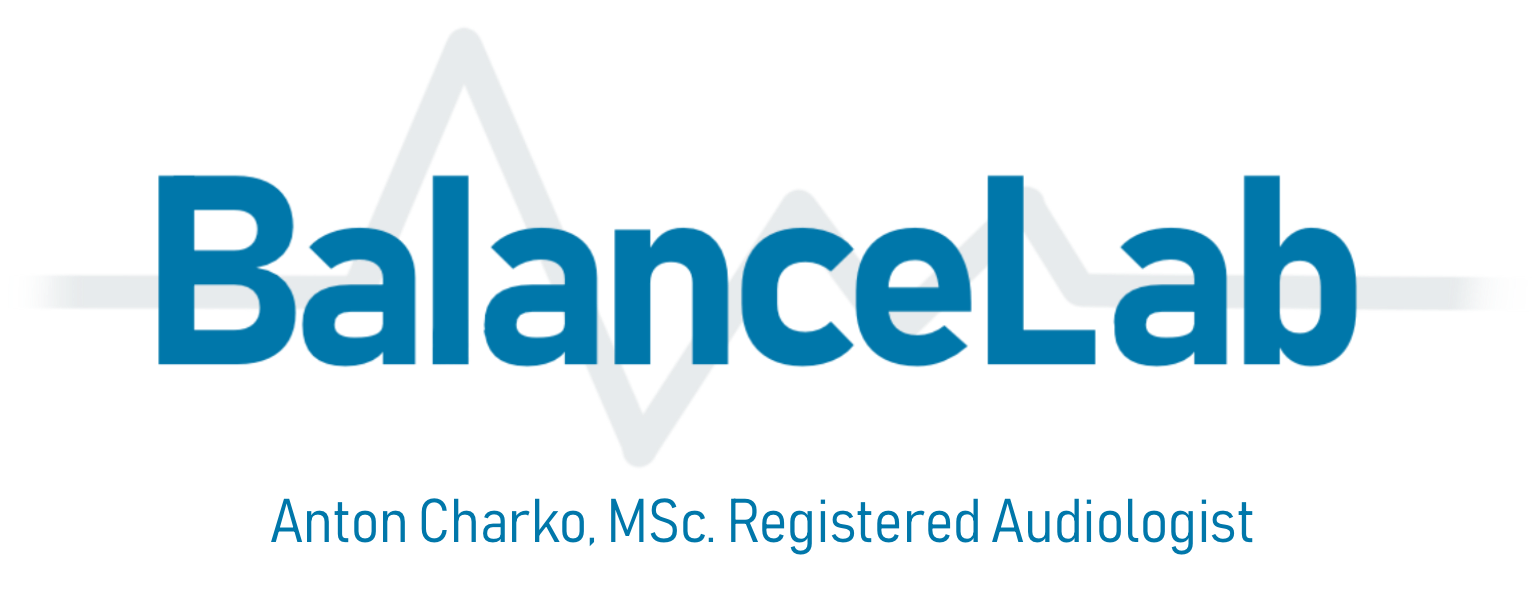Labryinthine Function Testing
We use established laboratory-based tests to evaluate inner ear involvement in the dizzy patient. When requested, an ENT consultation following assessment will be arranged through our office. In cases where the patient would benefit from vestibular rehabilitation therapy (VRT), they will be referred to an appropriate on-site VRT professional. Otherwise, a recommendation for further management will be made whenever possible.
In the case of confirmed or suspected BPPV, canalith repositioning maneuvers will be performed with follow-up treatment as needed. If vertigo cannot be solely attributed to BPPV based on history and symptoms, some or all of the following laboratory tests will be performed according to patient consent and clinician judgement. Please contact the office for special testing requests, we will make every effort to accommodate your patient.
Audiological Assessment
A diagnostic hearing test, including middle ear and bone conduction testing, is essential in evaluating the vertigo patient.
Video Head Impulse Testing (vHIT)
An instrumented version of the bedside technique using sophisticated eye tracking and motion sensors. The vHIT provides quantitative measurement of high frequency semicircular canal function, compensation and site of lesion.
VNG/ENG Test Battery
Infrared video monitoring used to evaluate spontaneous or positional nystagmus, oculomotor function, and the caloric reflex in response to water or air irrigation. Caloric testing is a test of unilateral vestibular function.
Auditory Brainstem Response (ABR) & Electrocochleography (ECOG)
Technique to measure the timing of electrical activity from the ear and brainstem is response to clicks or tone bursts in the ear. ECOG is a variant of the ABR in which the recording electrode is placed deep within the ear canal, as close as practical to the cochlea. Please contact our office to request these specialized tests.
Vestibular Evoked Myogenic Potential (VEMP) Testing
A technique that uses air or bone conducted sound to assess otolith function.
Cervical VEMPs (cVEMPs) are measured using surface electrodes on the ipsilateral sternocleidomastoid (SCM) muscle and are thought to originate in the saccule.
Ocular VEMPs (oVEMPs) detect small magnitude muscular activation of the extraocular muscle using surface electrodes under the contralateral eye, and are thought to be caused by stimulation of the utricle.
Dix-Hallpike Test for BPPV
The definitive diagnostic test for BPPV. This test is rendered more sensitive with the use of infrared video goggle.
In the case of confirmed or suspected BPPV, canalith repositioning treatment is performed with follow-up as needed. Home exercises may be recommended in some cases.

